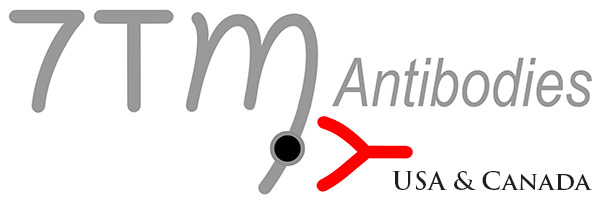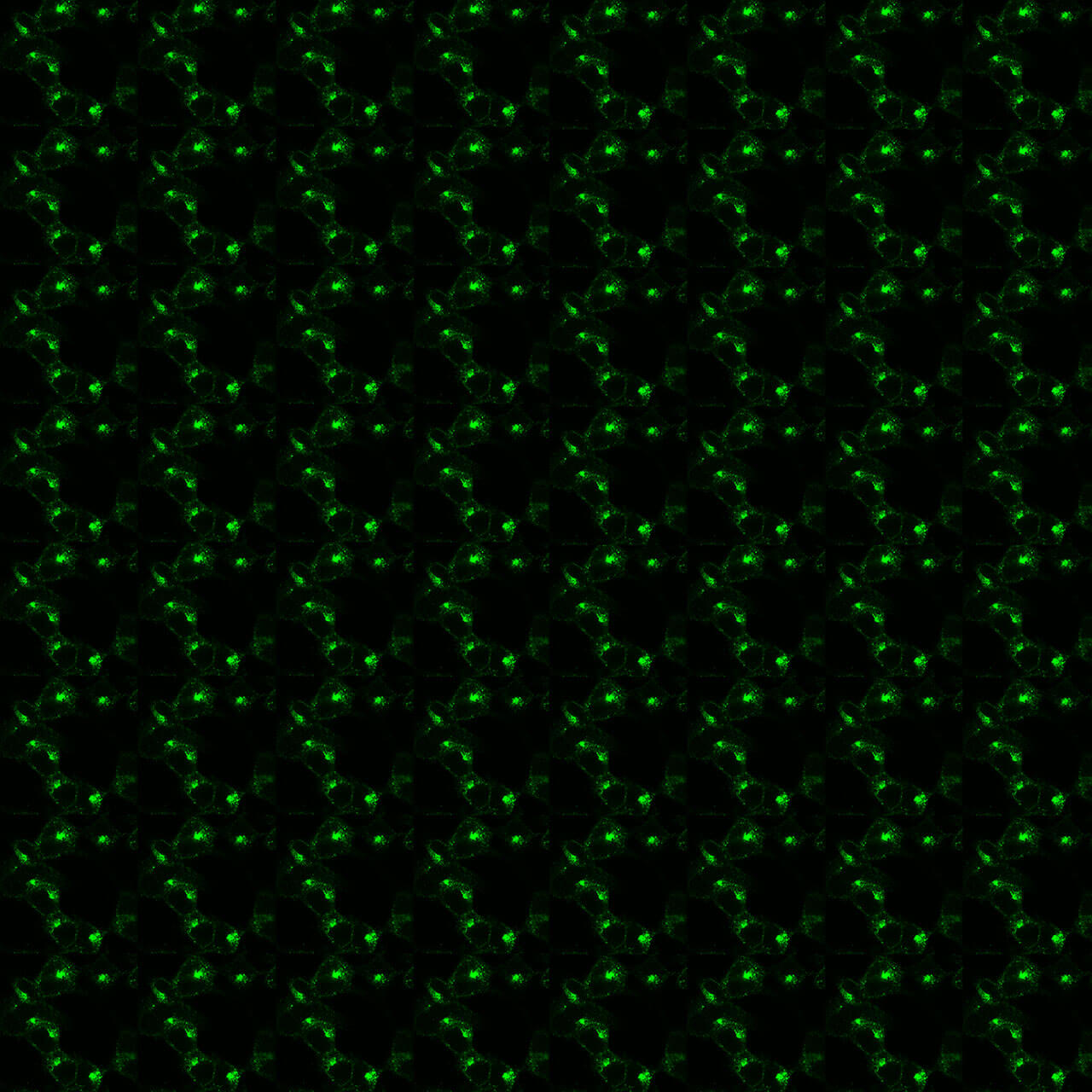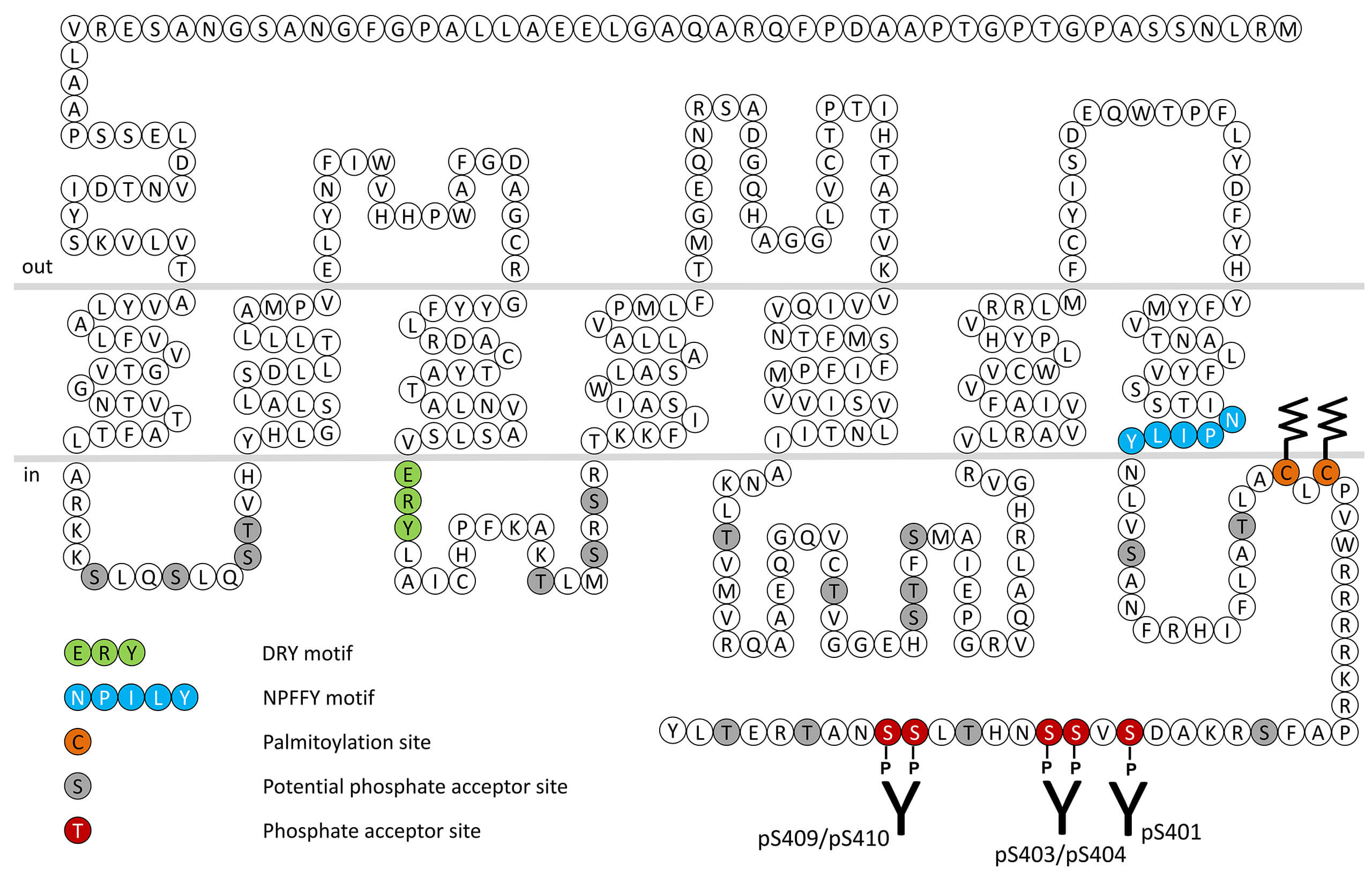No results were found for the filter!
NEW
 pS409/pS410-NTS1 (phospho-Neurotensin Receptor...
pS409/pS410-NTS1 (phospho-Neurotensin Receptor... Serine409/Serine410 (S409/S410) is major phosphorylation site of the Neurotensin Receptor 1 (NTS1). The pS409/pS410-NTS1 antibody detects phosphorylation in response to agonists. S409/S410 phosphorylation is likely to be involved in...
$ 375.00 *
NEW
 pS401-NTS1 (phospho-Neurotensin Receptor 1...
pS401-NTS1 (phospho-Neurotensin Receptor 1... Serine401 (S401) is major phosphorylation site of the Neurotensin Receptor 1 (NTS1). The pS401-NTS1 antibody detects phosphorylation in response to agonists. S401 phosphorylation is likely to be involved in efficient ligand sequestration...
$ 375.00 *
NEW
 pS403/pS404-NTS1 (phospho-Neurotensin Receptor...
pS403/pS404-NTS1 (phospho-Neurotensin Receptor... Serine403/Serine404 (S403/S404) is major phosphorylation site of the Neurotensin Receptor 1 (NTS1). The pS403/pS404-NTS1 antibody detects phosphorylation in response to agonists. S403/S404 phosphorylation is likely to be involved in...
$ 375.00 *
Citations
 NTS1 (non-phospho), Neurotensin Receptor 1...
NTS1 (non-phospho), Neurotensin Receptor 1... The NTS1 receptor antibody is directed against the distal end of the carboxyl-terminal tail of human Neurotensin Receptor 1. It can be used to detect total NTS1 receptors in Western blots independent of phosphorylation. The NTS1 antibody...
$ 300.00 *
Recently viewed


